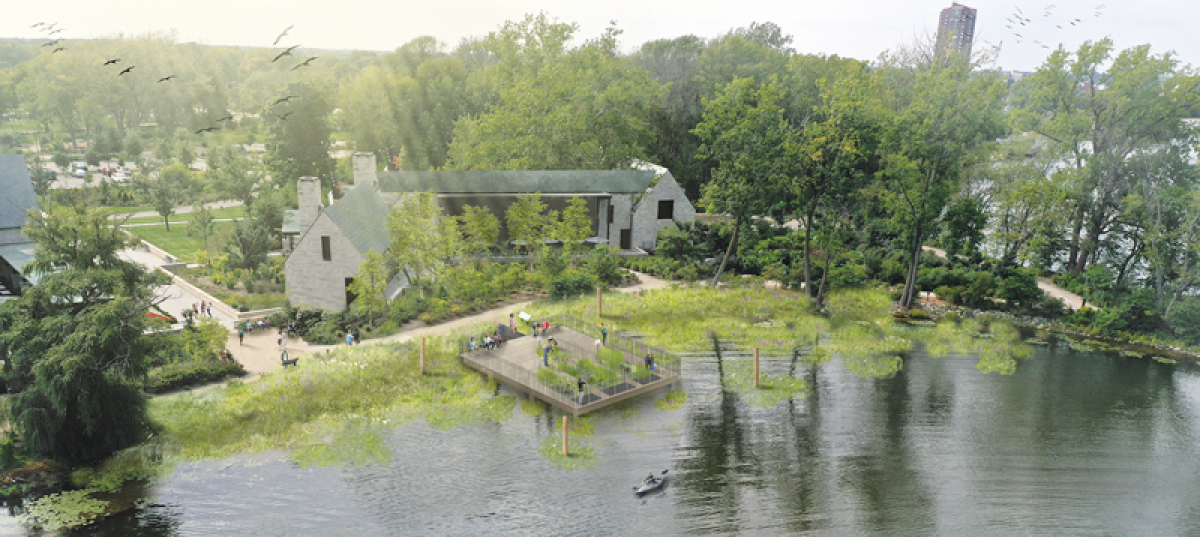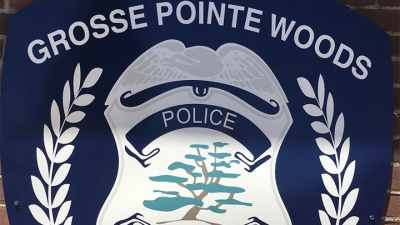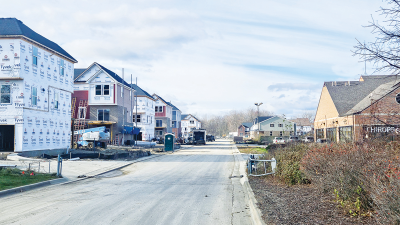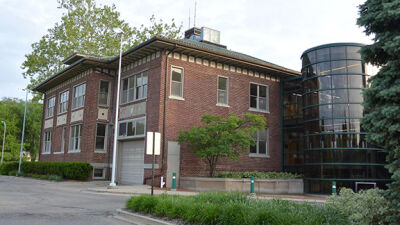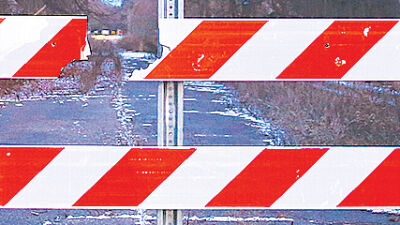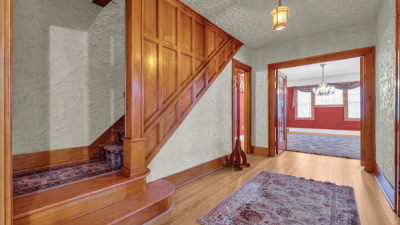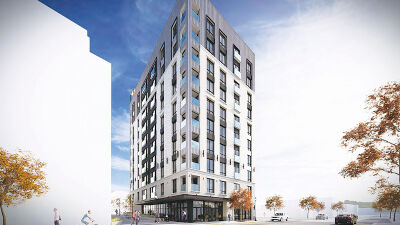GROSSE POINTE SHORES — The Edsel and Eleanor Ford House, which includes land in St. Clair Shores as well as Grosse Pointe Shores, is doing its part to try to make its expansive lakefront property more attractive to native creatures, including birds, insects, fish and frogs.
Using funds from a federal Transformational Habitat Restoration and Coastal Resilience Grant, part of the Bipartisan Infrastructure Law and Inflation Reduction Act, the historical nonprofit estate is undertaking a shoreline habitat restoration project.
Ford House officials and their partners on this project provided an update and an outline of tentative plans during a public meeting Sept. 14.
Shannan Gibb-Randall, lead landscape architect with InSite Design Studio, said they’re trying to come up with solutions that work for nature as well as people.
“It’s been a very collaborative approach,” Gibb-Randall said.
The first phase of the project will address a largely unused wooded wetland adjacent to the parking lot of the Ford House visitor center and administration building. Using grading, Gibb-Randall said they’ll create vernal pools — which are wet in the spring — to create a habitat conducive to salamanders and frogs. She said these pools need to be separated from the lake to protect young salamanders from getting eaten immediately. Gibb-Randall said they’ll be putting in a boardwalk as well for people who want to observe wildlife or engage in research.
Shoreline restoration is expected to be the second phase of this project.
The Ford House is in Macomb County, with most of the estate property being in Grosse Pointe Shores and the remainder being in St. Clair Shores.
Of the 32 miles of Lake St. Clair shoreline in Macomb County, GEI Consultants’ Senior Water Resources Engineer and Project Manager Scott Dierks said only about 2,140 feet are in their natural condition. That’s a far cry from the Canadian side, where more natural coastline remains.
“(On the) American side, most of the shoreline is hardened,” Dierks said.
That’s because so many residents and businesses along the coast have protected their properties from erosion and wave damage with rocks and concrete, as well as steel seawalls.
Removing the seawall around Ford House property — which is part of shoreline restoration — means finding alternate ways to minimize wave energy. Dierks said high and low lake levels can vary by as much as 6 feet, and waves can be 3 to 4 feet high.
“These kind of forces are quite strong,” Dierks said. “One of the challenges for us is managing these waves in a natural way.”
Ford House officials are looking at a variety of possible solutions, including using native water plants and wave attenuation structures in the water, on the lake side of Bird Island.
Dierks said there’s “a science and an art” to determining which native plants might best meet their needs here.
The wave attenuation structures, which are sometimes called breakwaters, take most of the energy out of the wave before it hits the shore, Dierks said. This allows for native plants to get established and thrive, which will, in turn, create a habitat for nesting and wading birds, fish and other wildlife.
The wave attenuation structures “would be primarily built of stone but can have precast underwater habitat structures as well as above water habitat like sections of trees and other bird nesting areas,” said Karl Koto, director of landscapes and project executive for Ford House, via email. “At this time we do not know exactly how they will be constructed, the number, or where they will be placed. We can say that we intend for them to serve as habitat above and below the water and break up the wave energy to allow for native vegetation to establish behind them to create a softened shoreline. They will be visible both in high and low water periods.”
Lake St. Clair anglers might benefit from the Ford House project.
In a 2021 fish survey of the United States and Canada, researchers on the Canadian side caught 10 times more fish than their counterparts on the American side.
“A big part of this project will be to get back more native fish,” Dierks said.
The addition of a smaller boathouse on the spot where the Ford family once had their boathouse is planned as a place where people can get out on the water for educational purposes. Gibb-Randall said the design is inspired by the architecture of the original boathouse.
A separate observation dock will enable visitors to look out across the lake as well.
A berm along the shoreline that’s hazardous due to holes, collapsing sections of adjacent concrete seawall and not being level will be transformed into an accessible walkway using Americans with Disabilies Act-compliant materials, Ford House Project Manager Kevin Drotos said.
“One of the goals, of course, is public access to the shoreline,” Ford House President and CEO Mark Heppner said.
The berm is still needed to protect estate assets and people walking along the shoreline, but Gibb-Randall said adding boulders and places that fish can nest under will make the area more friendly to wildlife as well as people.
One of the changes that will be most visible to visitors will be the addition of what Gibb-Randall called “anchored trees” in Ford Cove, which will be dead trees that have branches above and below the water. The branches in the water give fish a place to breed and hide from predators, Gibb-Randall said. Drotos said trees in the water also create a good habitat for turtles.
“For me, it has multiple levels of importance,” Heppner said of this project. “It really does tie into our core values and mission. … It’s just the right thing to do.”
Heppner said Ford House believes it’s critical to promote environmental sustainability and be responsible stewards of the natural world. By increasing the number and diversity of native species, this project connects to those goals.
Dierks said they’ve started the process of filing for permits for this work. He said all aspects of the project are contingent on obtaining all the necessary permits from state and federal agencies.
Dierks said they hope to start construction on the wooded wetland circa spring 2025, with possible completion in summer or fall of 2025.
Around the end of 2025 or the beginning of 2026, Dierks said, they hope to commence work on shoreline restoration. It wasn’t known at press time how long that might take, but Dierks pointed out that for roughly six months out of the year, they can’t do work on the shoreline because it would interfere with fish spawning.
As they go along, Dierks said some plants will need to be replaced and others may need to be replanted or changed to different species.
“Instead of us controlling the elements, we’re trying to accommodate the elements. … There’ll be a period of getting things right,” Dierks said.
Because they recognize that visitors want to continue to enjoy scenic views of the water, Gibb-Randall said they’re looking for natural plants that don’t get too tall when considering what to add around the shoreline.
Drotos said what they’re doing could be replicated by lakefront property owners, who would be able to visit the estate and see the shoreline changes for themselves.
“It would almost be a showcase of shoreline techniques,” Drotos said.
 Publication select ▼
Publication select ▼